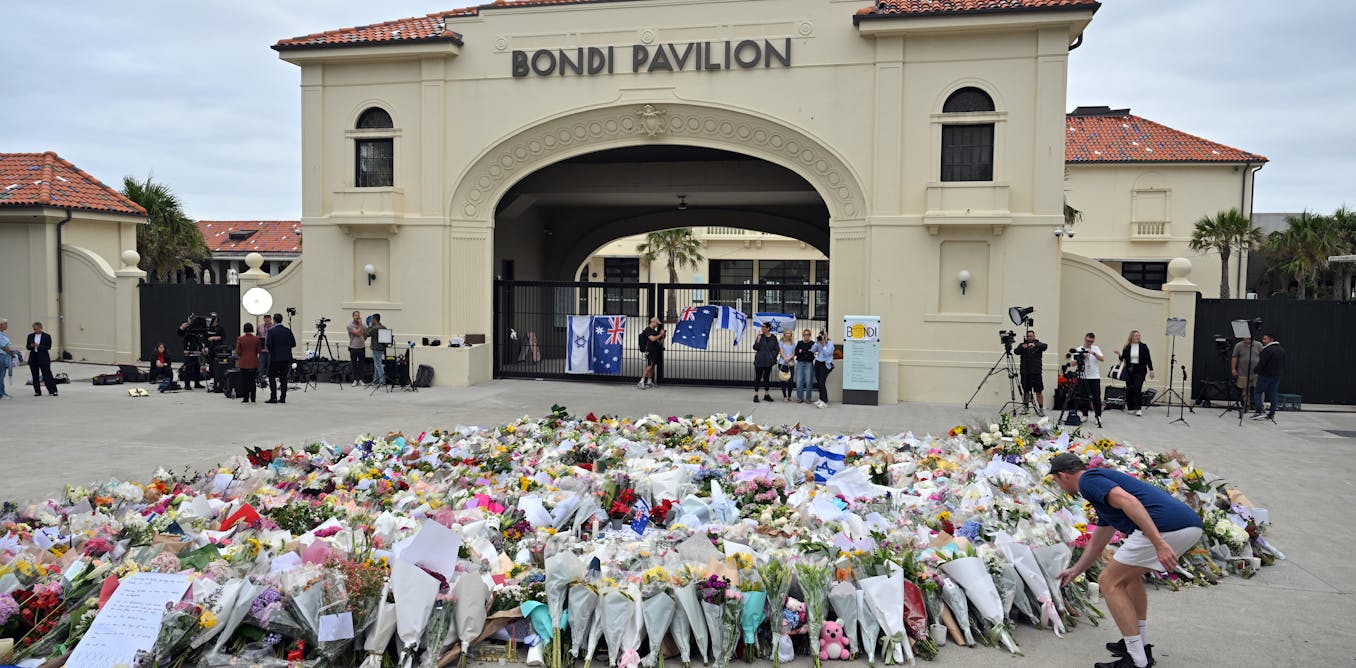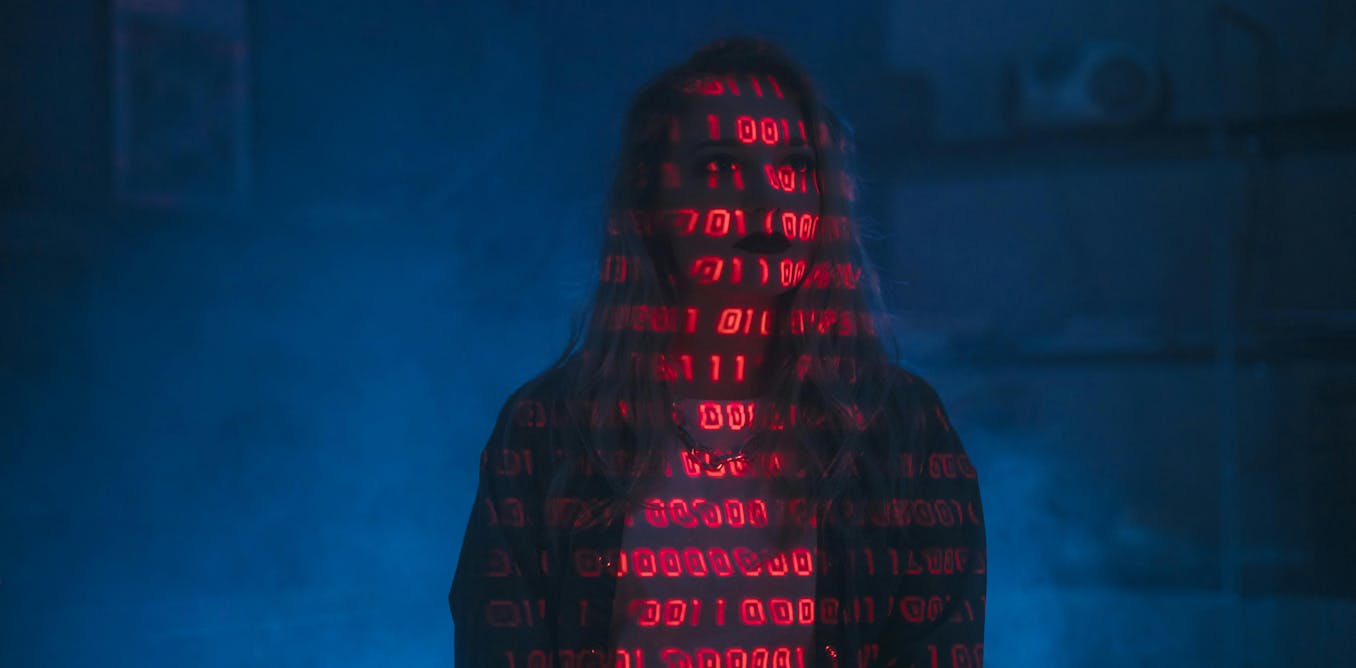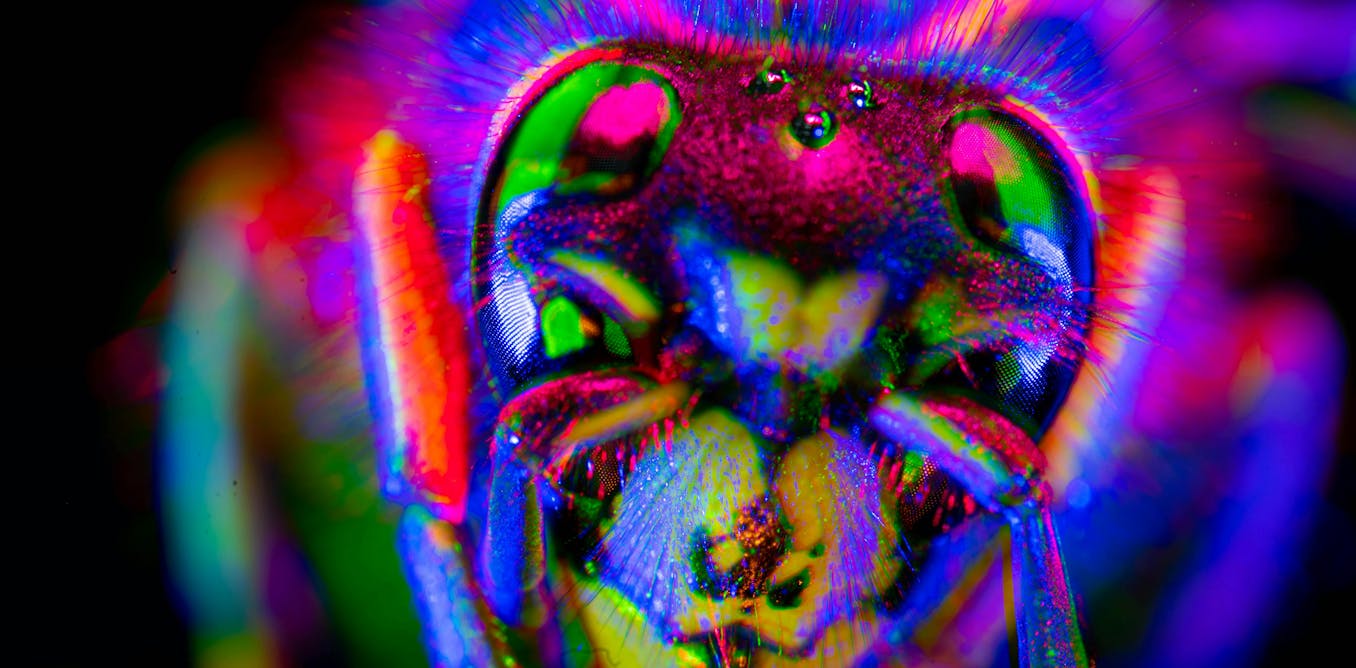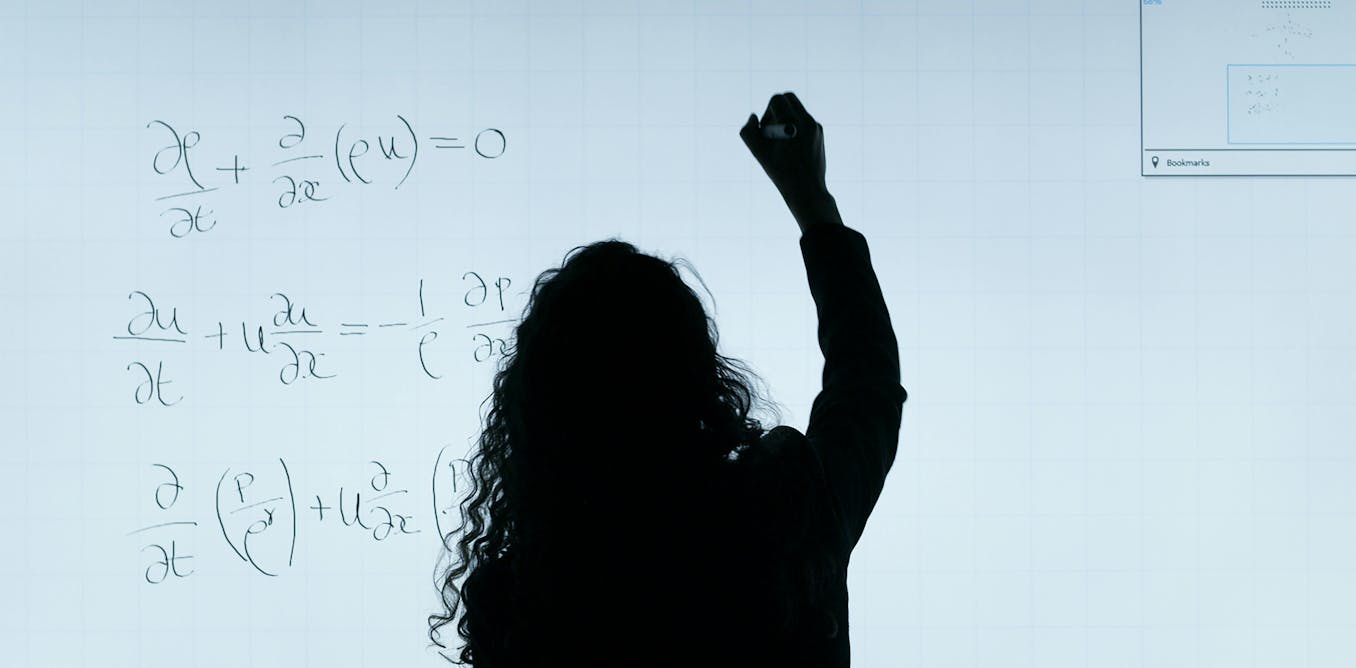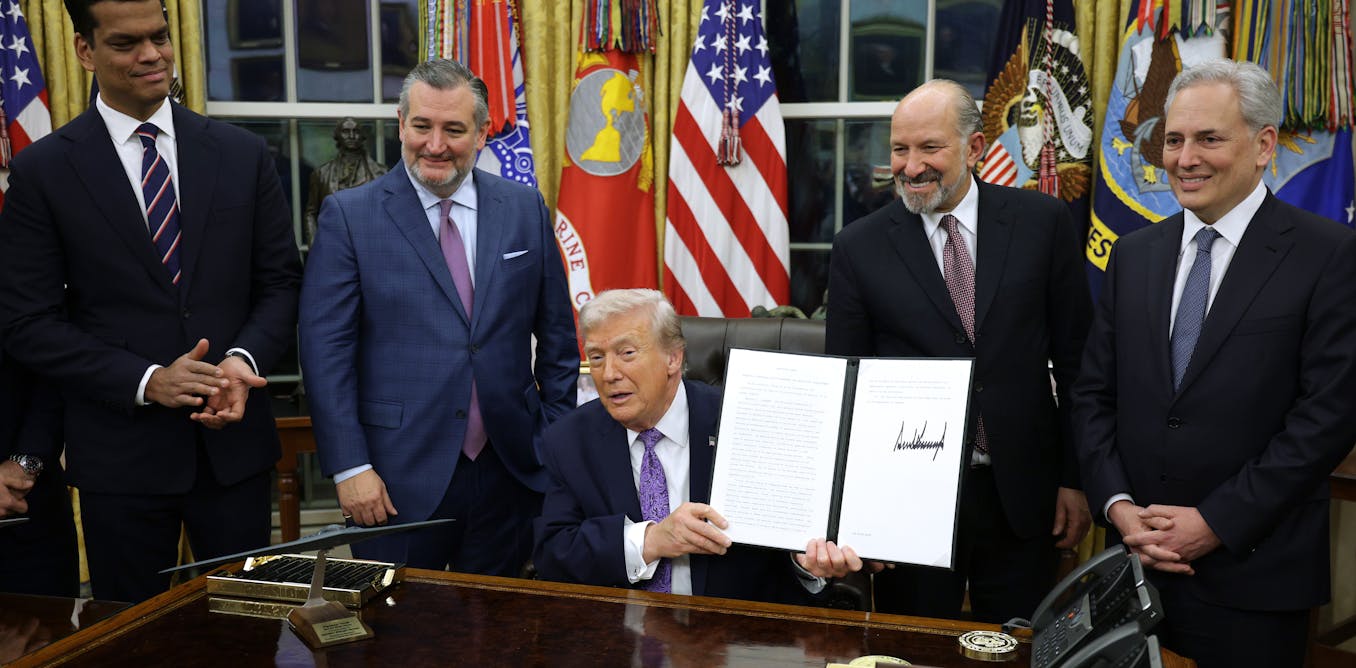News briefs for the week take a look at NVIDIA’s annual GPU Conference 2024 and the seminal impact that NVIDIA’s announcements will have on the future of robots, cobots, and AMRs.
NVIDIA’s watershed moment for robotics
Brave, new, AI world for robots, cobots & AMRs
One corporate event for 2024 has tremendous significance for all of robotics: Santa Clara-based NVIDIA’s annual GPU extravaganza. This week’s What’s New in Robotics? spends most of its digital ink covering the event.
Autonomy now means “intelligence”. If you are a robot, cobot, or AMR, the jig is up unless you can pick up a few smarts by converging with artificial intelligence ASAP. NVIDIA’s boss and co-founder, Jensen Huang, at the 16th GPU Technology Conference (GTC) (March 17-21) just opened multiple doors for you and then graciously urged you to saunter through to smarten up a bit.
It was Huang’s version of March Madness, and he rolled out thrills, chills, and excitement dropping in a ton of 3-pointers during NVIDIA’s annual keynote. For his online audience of 250,000 (10,000 in person), he didn’t disappoint: Huang trotted out a vision of the future of computing and generative AI and how it just blew the doors off Moore’s Law…as it continues to accelerate.
The importance of robots to AI and vice versa can’t be emphasized enough. Without robots there are no GPUs for AI; robots make the AI hardware where generative AI does its magic.
Here’s a video clip showing how GPUs (GPU, meaning graphic processing unit) are assembled. No robots, no GPUs. Reaching the tipping points of accelerated computing and generative AI are impossible to achieve without robot-built GPUs.
Then again, without GPUs, automating advanced warehousing and manufacturing via digital twins is impossible. This video shows how closely intertwined the interrelationships. As Huang puts it in the video: “In the future, everything that moves will be robotic.” Think about that for a moment. The place of robotics in the future of logistics, manufacturing, and society is central to everything.
“Generative AI is the defining technology of our time,” said Huang. And NVIDIA’s newest GPU, Blackwell, with its 208 billion transistors, he claims will power the new industrial revolution. Huang also showed how the role of digital twins that can simulate, test, define and redefine “large-scale, real-time AIs before rolling them out in industrial settings.” A money saver for sure! Using the warehouse video from above, he demonstrated digital twins, operating like “air traffic control” to monitor autonomous machines and autonomous people below. Best of all, it only takes a browser to run it all.
An SME, for example, could use a cloud-based digital twin to pre-plot out space for robot use in a factory or warehouse, align it exactly to his or her needs, and then conduct test runs of every aspect, including raw materials, robots, conveyor systems, and personnel before ever buying a single robot or cobot.
Amazingly, NVIDIA made nearly forty “separate announcements” at GTC, including the showstopper: Blackwell with its 208 billion transistors. “the world’s most powerful chip”, containing 208 billion transistors. The chip, called Blackwell, is aimed at applications such as deep learning, engineering simulation, and AI.
In a show of brute strength, NVIDIA’s Metropolis platform for vision AI created a map of worker activity across the warehouse, “combining the data from 100 simulated ceiling-mounted cameras with multi-camera tracking.” The maps produced by Metropolis will help to optimize AMR routes.
Teradyne Robotics
It seems that some robot/cobot vendors, no doubt seeing the inevitability, advantages and also the vast potential of GPUs, have been working with NVIDIA for some time. North Reading, MA-based Teradyne, the owner of the cobot developer of Denmark’s Universal Robots (UR) and the AMR specialist MiR, was one such vendor getting chummy with NVIDIA’s GPU offerings.
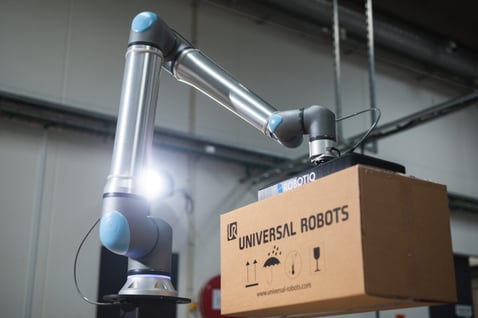 As a lifelong Bostonian, I like the ring of Teradyne bringing its two robotics entities under its corporate wing as Teradyne Robotics.
As a lifelong Bostonian, I like the ring of Teradyne bringing its two robotics entities under its corporate wing as Teradyne Robotics.
The move may also bode well for future UR robotics getting an inside opportunity to partake in Teradyne’s semiconductor business. With Teradyne’s partnering with the Italian-based TechnoProbe, we may well see cobots and probe cards working together.
At the GTC, Teradyne’s Universal Robots demonstrated an AI-powered autonomous inspection system using Nvidia’s Jetson AGX Orin edge AI computer that makes robot path planning 50-80 times faster than today’s systems. “MiR is using the same module in a new pallet jack AMR that uses 3D vision to identify, pick up and deliver pallets “with unprecedented precision”, even in dynamic and complex environments.”
NVIDIA also announced “a collection of pre-trained models, libraries and reference hardware for robot developers. Its Isaac Manipulator platform offers modular AI capabilities for robotic arms, as well as GPU-accelerated libraries. It can speed up path planning 80-fold, and will allow developers to automate more robot tasks. Early adopters include Yaskawa, Universal Robots, PickNik Robotics, Ready Robotics and Franka Robotics.
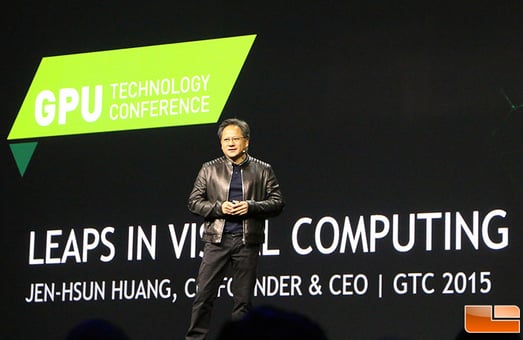 Although NVIDIA seems to own and outperform the world in GPUs, NVIDIA’s share price took a bit of a slide, according to MarketWatch.
Although NVIDIA seems to own and outperform the world in GPUs, NVIDIA’s share price took a bit of a slide, according to MarketWatch.
“Shares of NVIDIA Corp. NVDA slipped 2.50% to $902.50 Wednesday, on what proved to be an all-around favorable trading session for the stock market, with the S&P 500 Index SPX rising 0.86% to 5,248.49 and the Dow Jones Industrial Average DJIA rising 1.22% to 39,760.08.”
Just goes to show that you can’t please everyone.
Undeniably, regardless of its share performance, NVIDIA has taken robotics to new heights. Here’s a closing video that offers a view to the future of robots and GPUs. Enjoy.
![]()

The post “What's New in Robotics? 29.03.2024” by [email protected] (Tom Green) was published on 03/28/2024 by blog.robotiq.com





